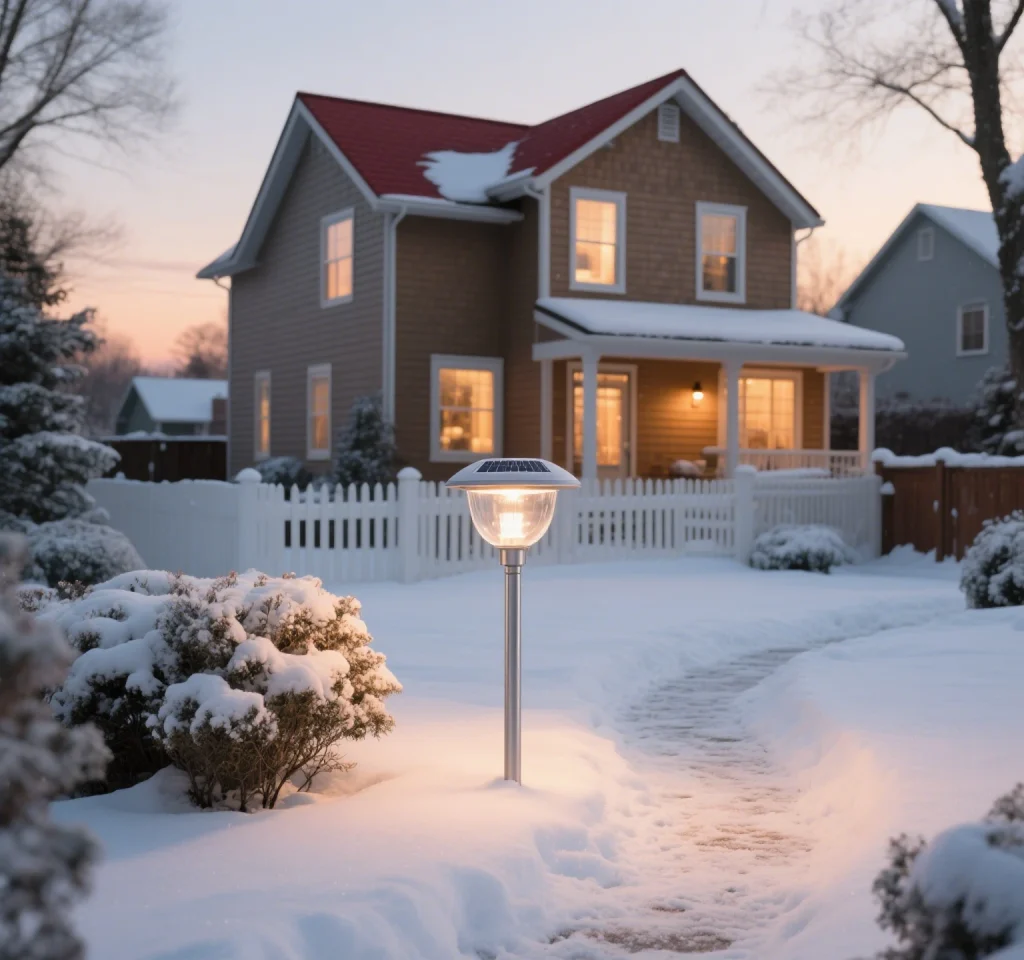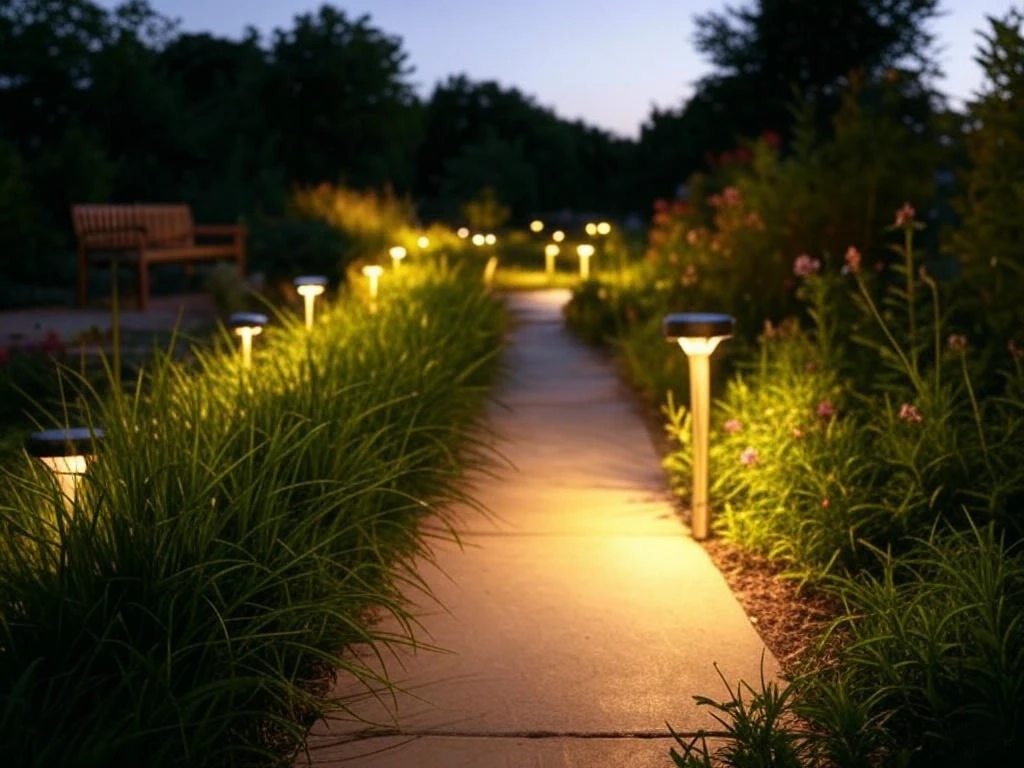In creating urban nightscapes and garden landscapes, landscape lights shine like brilliant stars in the night sky, playing an indispensable role. To ensure these “stars” continue to glow vibrantly, every aspect—from the choice of heat dissipation materials to routine maintenance and design considerations—is critical.

Heat Dissipation Materials: From Traditional to Innovative Solutions
In the past, landscape lighting manufacturers commonly used thermal grease for LED heat dissipation due to its cost-effectiveness, making it a popular choice initially. However, practical applications revealed significant drawbacks. Thermal grease requires large-area application on heat-dissipating surfaces, and achieving uniform thickness during the process is challenging. This leads to poor contact between the copper-clad board, heat sinks, metal brackets, and metal casings, severely compromising heat dissipation efficiency.
With technological advancements, soft silicone thermal pads have emerged as an industry favorite. These pads can be applied over large areas, greatly simplifying the process. They efficiently and evenly transfer heat to dissipation components, effectively addressing the shortcomings of traditional thermal grease. Additionally, thermal silicone offers excellent performance, with features such as high thermal conductivity, flexibility, high compression ratio, self-adhesive surfaces for easy installation, strong weather resistance, and superior high-voltage resistance. After adopting these materials, manufacturers have observed significant improvements in heat dissipation, reduced internal temperatures during prolonged operation, extended LED lifespan, and minimized light degradation.
Routine Maintenance: Meticulous Care for Optimal Performance
The daily use and maintenance of outdoor landscape lights require careful attention to several key points:
- Correcting Tilted Lampshades: If a lampshade is found to be tilted during use or cleaning, it should be promptly adjusted. This ensures both the aesthetic appeal of the light and proper light projection. When correcting the lampshade, care must be taken to avoid shadows caused by reflections from the internal tripod structure, which could affect the lighting experience.
- Prohibiting Hanging Objects: Hanging items, such as quilts, on landscape lights may seem harmless but poses risks. This can cause physical damage to the fixture and potentially lead to safety hazards.
- Minimizing Frequent Switching: Repeatedly turning lights on and off significantly shortens their lifespan. Unnecessary switching should be avoided to maintain the lights’ longevity and charm.
- Timely Replacement of Aging Bulbs: Property management companies must strictly adhere to the light source parameters provided by manufacturers and replace aging bulbs promptly. Bulbs showing red or black ends, dark shadows, or failure to light up should be replaced immediately to ensure the normal operation of landscape lights.
Design Considerations: Balancing Functionality and Aesthetics
The design of landscape lights merits in-depth exploration. For instance, pathway and courtyard lights often use diffused light, which is soft, minimizes shadows, and allows for natural color transitions, creating a comfortable and pleasant atmosphere. However, a persistent challenge is the high surface temperature of the light-emitting components, with few products on the market effectively addressing this issue.
Additionally, calculations for elevation angles and shoulder distances are crucial. Thoughtful design achieves a perfect balance between functionality and aesthetic appeal. In terms of elevation angle, designs tailored to landscape needs can enhance visual impact while fulfilling lighting requirements.
For low-position lights, innovative design concepts and multifunctionality are particularly important. For example, a Japanese low-position light integrates illumination, beautification, and warning functions, alerting passersby to road conditions. To harmonize functionality and landscape lighting, composite design approaches are essential, ensuring that functional and aesthetic lighting complement each other, adding both charm and practicality to urban nightscapes.


Leave a Reply